Medieval European Saddles
By the beginning of the fourteenth century the distinction between war saddles and civilian saddles can be seen very clearly. For example in the wonderful footer panels of Bodleian Library ms264. This example (January 2024) was inspired by one of the pictures in that manuscript, and was complemented by a bridle bearing a hinged bit of one type used at that time.
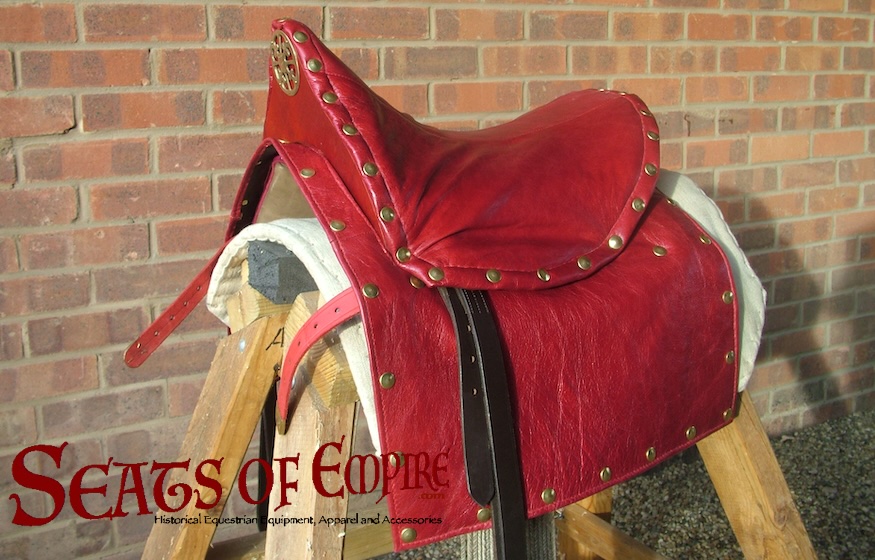
A civilian saddle of the fourteenth century.
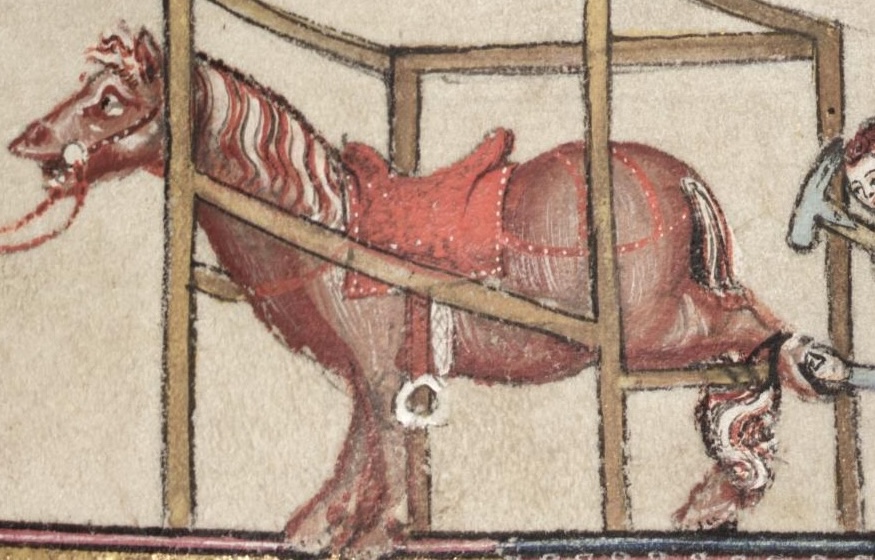
Detail of Bodleian Library ms264 f.107r.

The proud new owner could not wait to try it on! 😀.

Eventually the weather improved!
This saddle was an interesting challenge, to be made for a pony with a much shorter back than the horses I have made for previously. It has been a success. You can read an assessment in the Testimonials page.
This saddle (October 2021) embodies the techniques with which I have experimented in making Roman saddles over the last year. The result is that this weighs only 5.4 kilogrammes (11lb 7oz without decorative cover), and has slightly flexible side bars. Unlike the two saddles below, this one also enacts a comment by the twelfth-century author Theophilus who says that saddles were not covered in leather, but painted, carved or both, an assertion that is supported by the archaeology.
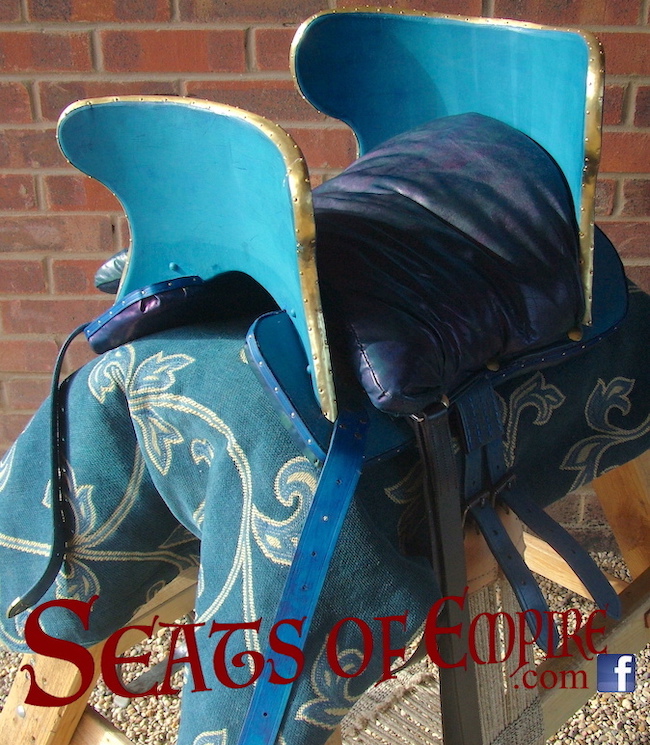
A war saddle of the twelfth to fourteenth centuries.
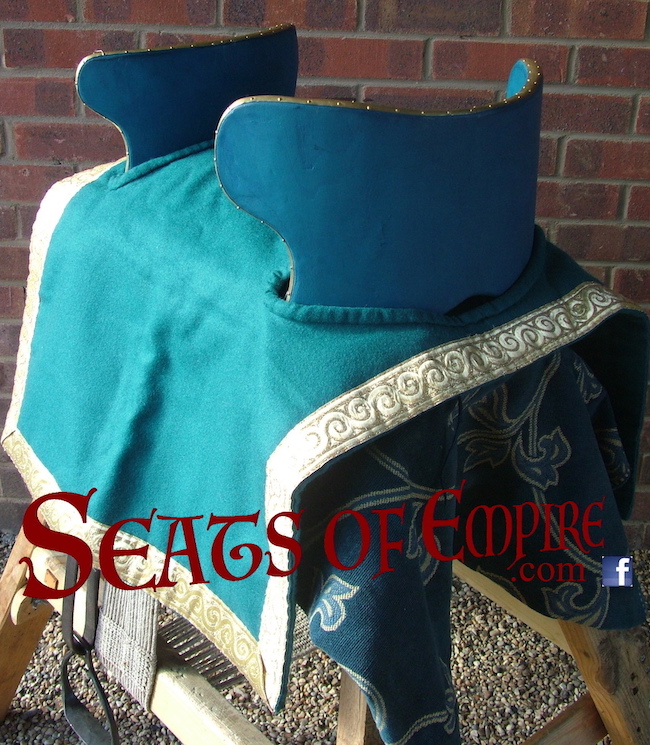
The war saddle with is ornamental cover.
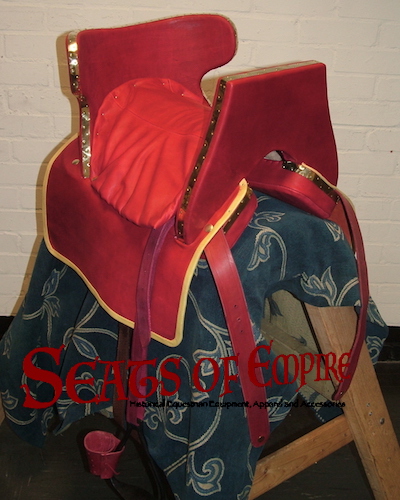
Fourteenth-century war saddle. See the panoply page for the full set that accompanies this saddle.
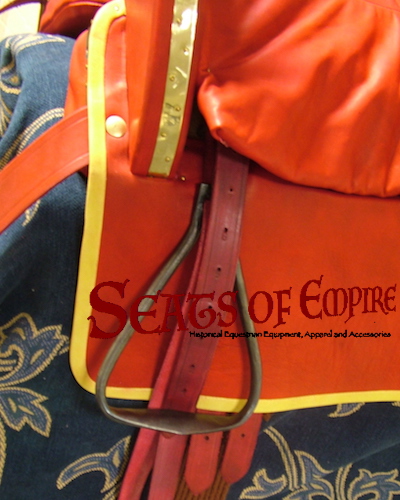
Detail of the fourteenth-century war saddle.
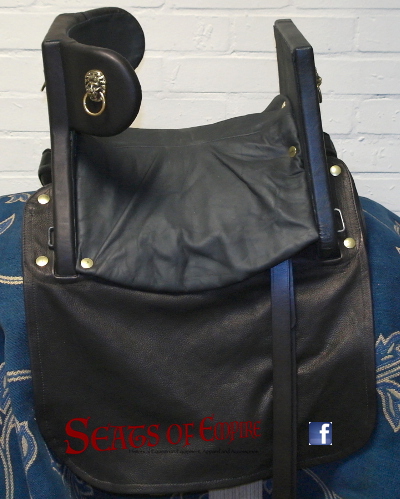
An Age of Chivalry style
inspired by pictorial sources.
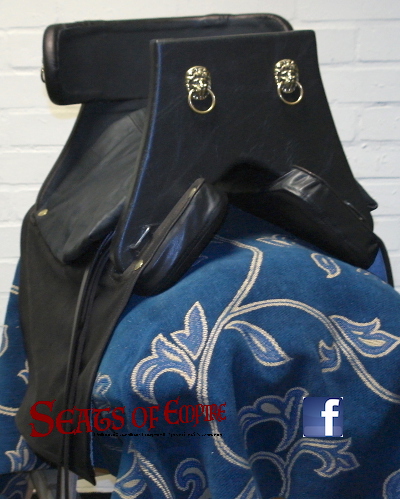
Period: late twelfth century to early fourteenth century.
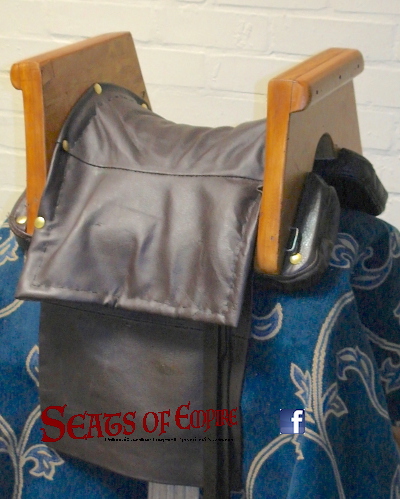
A Norman saddle based upon the Bayeaux Embroidery. Field tested at the Battle of Hastings re-enactment 2016.
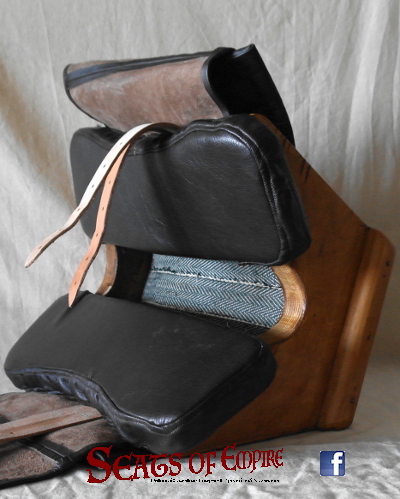
The underside of the Norman saddle.
Footnotes
- The medieval period runs from the fall of the western provinces of the Roman Empire (576) to the beginning of the Renaissance. That end dateline varies across Europe, from the late fourteenth century in Italy to the early sixteen century in England.
Copyright: Timothy George Dawson 2021, 2024

